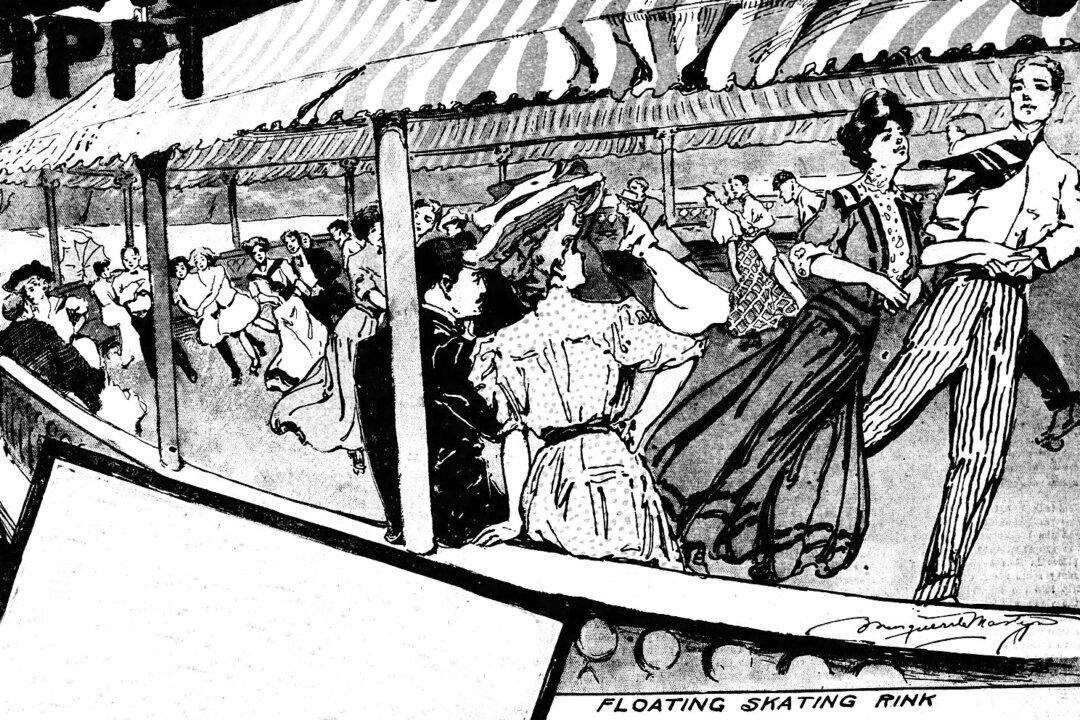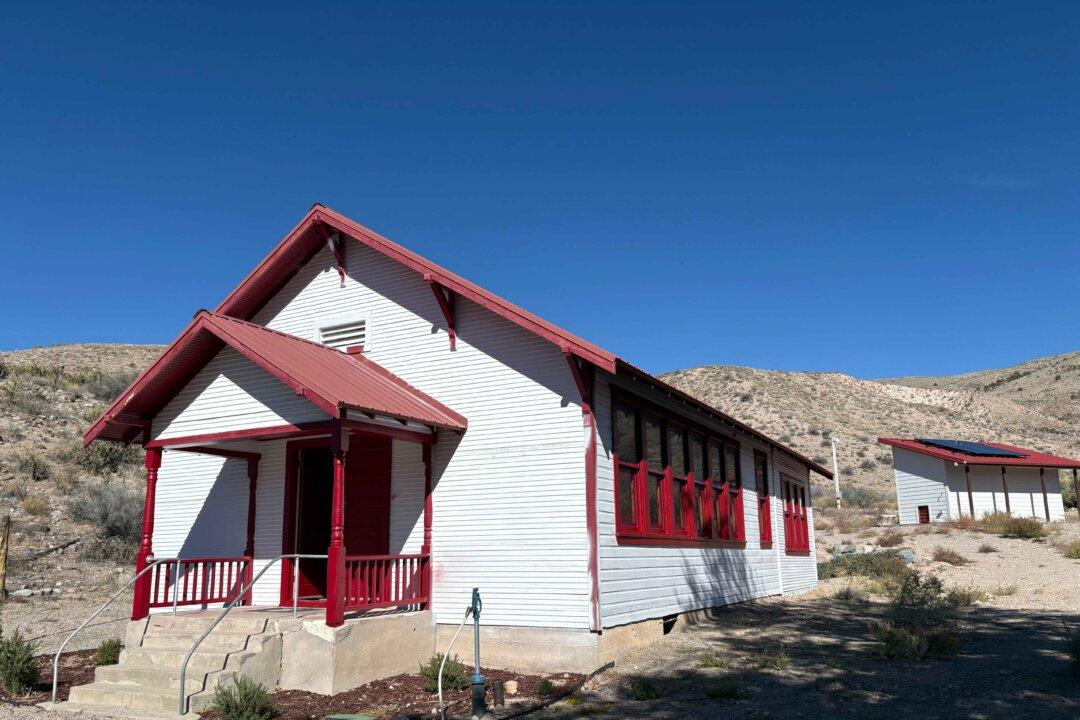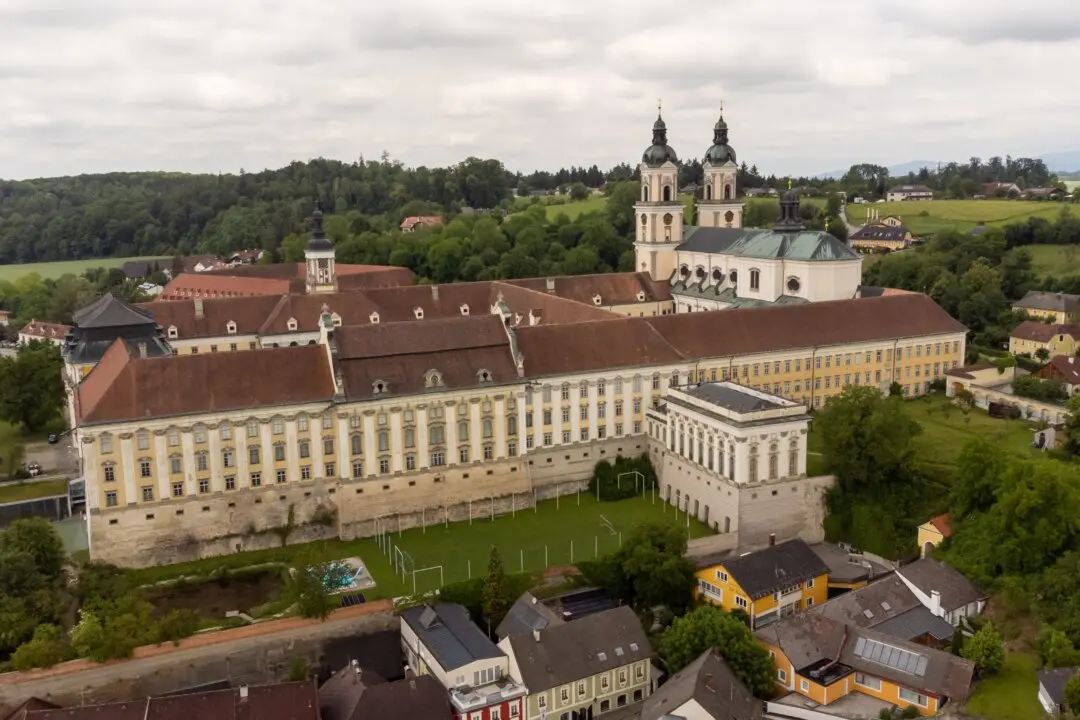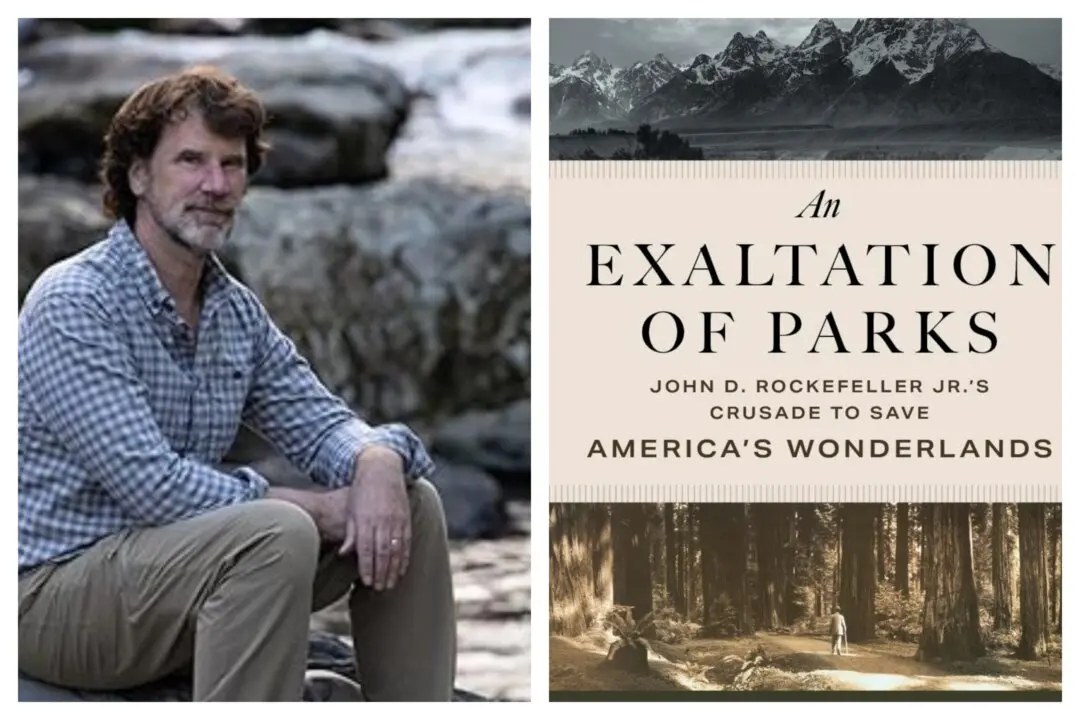Richmond, Virginia, the Confederate government’s seat during the Civil War might be the most famous city with that name. But surrounded by corn and soybean fields in the flatlands of Eastern Indiana and about 50 miles from Dayton, Ohio, lies the lesser-known Richmond, Indiana. It can boast having the most inventive or brave people born or bred there.
The Wright brothers lived in downtown Richmond from 1881 to 1884. The inventor of the artificial heart valve, Dr. Charles A. Hufnagel (1916–1989), was raised there, and Levi Coffin, active in the Underground Railroad, operated businesses and a farm there. Another of Richmond’s well-known residents was inventor Micajah C. Henley (1856–1927).





